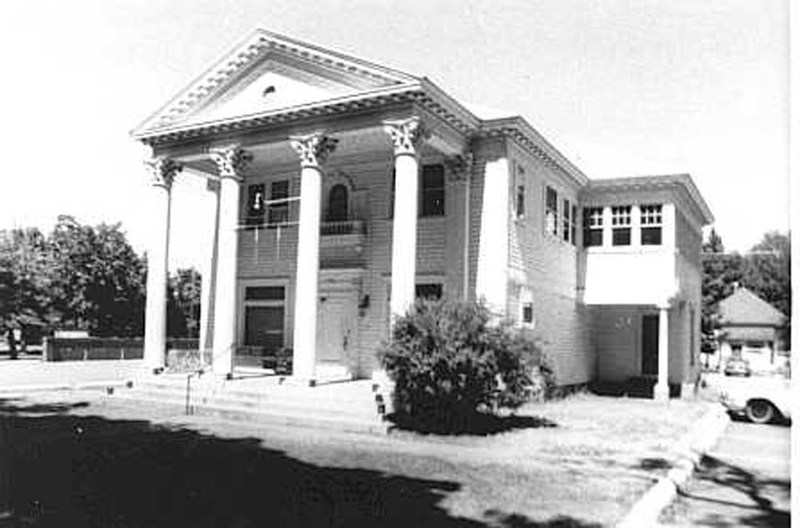
Missoula architect A. J. Gibson designed this grand Neo-classical style landmark for progressive politician Joseph Dixon. Dixon married Caroline Worden, daughter of Missoula founder Frank Worden, in 1896 and the couple made their home here. Dixon rose from Missoula County attorney (1893-1895) and Theodore Roosevelt’s campaign manager (1912) to Governor of Montana (1921-1925) and Assistant Secretary of the Interior (1929-1933). The home, originally a one-story house, was remodeled between 1912 and 1921. A Palladian window and classical details including dentils, modillions, and an ornamental frieze embellish the façade. The monumental portico, richly ornamented with full-height Corinthian columns, shares similarities with the Neo-classical style Missoula County Courthouse, also designed by Gibson. In 1915, Dixon petitioned the city to create the East Pine Street divided boulevard, thus leaving an indelible mark on the neighborhood. The Knights of Columbus purchased the home for use as a hall in 1946. The Chalice of Repose Project, St. Patrick Hospital, and McCue Construction, in partnership with the Knights of Columbus, began cooperative rehabilitation of the building in 1999.
Images
